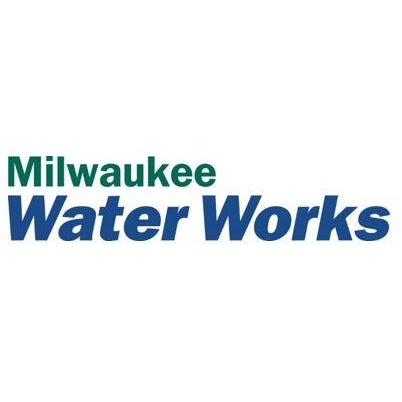Freshen Water Systems before Reopening Buildings
When water sits stagnant in pipes and tanks within buildings, water quality issues can arise. The Milwaukee Water Works (MWW) is advising customers to flush stale water from building water systems as they reopen after low- or no use of the water. Building owners should follow Centers for Disease Control (CDC) and U.S. Environmental Protection Agency (EPA) guidance.
Water standing in pipes for a prolonged period of time can lead to discolored water, lower levels of chlorine and higher concentrations of lead and copper. The CDC says the lack of chlorinated water flow and irregular temperature changes may lead to bacteria growth.
Businesses should prioritize plumbing on the “reopen” list. MWW recommends asking for quotes from professional plumbers, and hiring a professional plumber to help meet regulations designed to protect public safety.
COVID-19 is not found in Milwaukee’s water source, Lake Michigan. The utility’s ozone and chlorine disinfection processes kill viruses, including COVID-19. The water is also treated with biologically active filtration.
MWW recently published a year’s worth of water quality data that show Milwaukee tap water meets all federal and state requirements. In compliance with the Safe Drinking Water Act, the report is found online at Milwaukee.gov/WaterConsumerConfidenceReport
Resources for Safe Maintenance and Re-Opening of Water Fixtures
The CDC recommends the following:
- Develop a comprehensive water management program for the water system and all devices that use water.
- Ensure the water heater is properly maintained and the temperature is correctly set
- Flush the water system.
- Clean all decorative water features, such as fountains.
- Ensure hot tubs/spas are safe for use.
- Ensure cooling towers are clean and well-maintained.
- Ensure safety equipment including fire sprinkler systems, eye wash stations, and safety showers are clean and well-maintained.
Find details here (https://www.cdc.gov/coronavirus/2019-ncov/php/building-water-system.html)
CDC Toolkit: Developing a Water Management Program to Reduce Legionella Growth and Spread in Buildings (https://www.cdc.gov/legionella/wmp/toolkit/index.html)
The EPA has distributed “Information on Maintaining or Restoring Water Quality in Buildings with Low or No Use” to assist building owners and managers in addressing water stagnation during extended closures.
• Healthcare facilities are subject to existing Centers for Medicare and Medicaid Services guidance.
• U.S. Department of Labor Occupational Safety and Health Administration (OSHA) Legionnaire’s disease (https://www.osha.gov/SLTC/legionnairesdisease/index.html)
• American Water Works Association Coronavirus Resource page.
• American Society of Sanitary Engineers https://www.asse-plumbing.org/
• Wisconsin Department Natural Resources (DNR) https://dnr.wi.gov/topic/DrinkingWater/PWSCOVID19.html
• Wisconsin Department of Health Services https://www.dhs.wisconsin.gov/disease/legionellosis.htm
• Wisconsin Economic Development Corporation https://wedc.org/reopen-guidelines/
MWW treats and pumps nearly 100 million gallons of water a day, testing and monitoring continuously.
The Milwaukee Water Works provides water to 16 communities in Milwaukee, Ozaukee, and Waukesha Counties.
These include Milwaukee, Brown Deer, Butler, Franklin, Greendale, Greenfield, Hales Corners, Shorewood, St. Francis, Wauwatosa, West Allis, and West Milwaukee. The utility also provides water to the Milwaukee County Grounds facilities and portions of Menomonee Falls, Mequon, New Berlin, and Thiensville.
NOTE: This press release was submitted to Urban Milwaukee and was not written by an Urban Milwaukee writer. While it is believed to be reliable, Urban Milwaukee does not guarantee its accuracy or completeness.
Mentioned in This Press Release
Recent Press Releases by Milwaukee Water Works
Milwaukee Water Works Releases 2024 Water Quality Report
Apr 24th, 2025 by Milwaukee Water WorksWater Quality Continues to Meet or Exceed State and Federal Standards






















